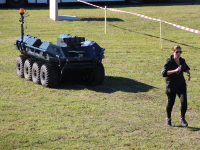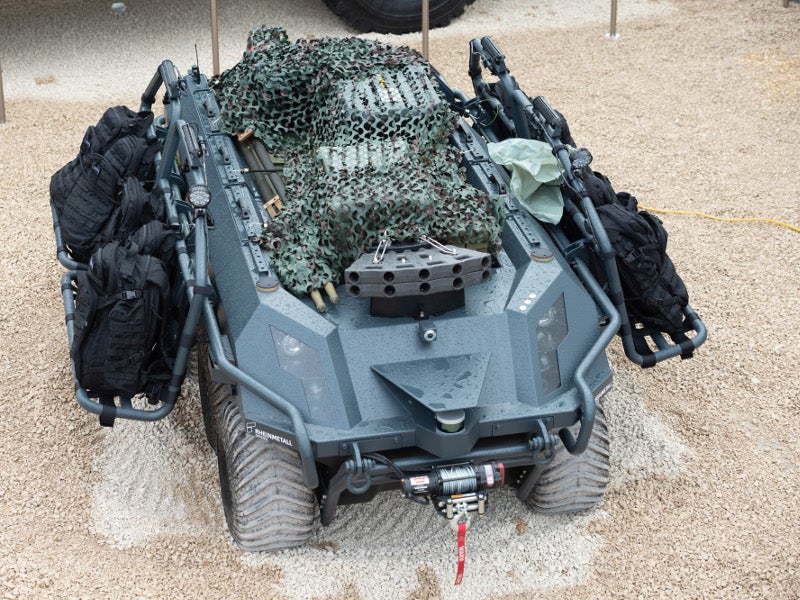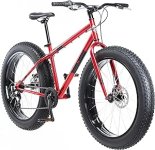Part Deux....
Back in those ancient days, about 15 years ago, there were no UAVs/USVs/UGVs.
So....
Sticking with the logistics first and referencing the basic infantry section travelling. Does the section have to have its own Bv206 equivalent?
How about every section gets its own crawler? Its own Self-Propelled Pulk?

Load up your water, rations, ammunition, shelter, stove and lamp, cooking utensils, tools and batteries. Add fuel for the crawler. Make it a hybrid with a decent battery for silent ops and to rapidly recharge smaller batteries. Built in recharger to store and recharge all those NOD, drone and radio batteries.
....
And speaking of radios, ensure that every crawler has got three or four Fibre Optic comms ports to support tethers. We have been able to throw wires and cables over kilometers, regardless of terrain, safely and securely for decades, ever since the TOW missile was deployed. And cheaply.
Comms with no signature.
Handset to tether. Tether to crawler. Crawler to tether. Tether to Quadcopter. Quadcopter flies for ISR. Or RRB if necessary. Or to another crawler 5 km away. Second crawler's crew detaches tether from first crew's Quadcopter and plugs it into a jack on their crawler. Silent comms.
If it is necessary to get out of Dodge unclip the jacks if you have time. If not just drive off and break the link. The wire or cable is cheap.
....
Secondary use of the crawler is as a shelter. Leave the pole and the canvas of the shelter, complete with scrim, permanently attached to the crawler to speed set up. Stop. Set up shelter to cover and conceal the crawler under canvas - Rucks are in the shelter with you. As is your hot water from the onboard Boiling Vessel.
Shovels, axes, saws and machetes are to hand as are lots of line.
And it can carry both skis and snowshoes.
And, you can reverse the traces. Instead of you pulling the pulk, the pulk pulls you.
In the summertime swap out the tent for a lighter shelter and add an inflatable raft. A compressor would be nice. It would also make blowing up those mattresses in the winter easier. Could the raft be big enough to float the crawler? Bring the section across in two trips and the crawler in the third?
Tracks as options for the crawlers?
The crawler doesn't need to be autonomous, or even radio controlled. A follow-me tether would be useful in many situations with optional RC or Autonomous control. Keeping in mind that those add weight, cost, fuel and electronic noise and susceptibility.
...
Other points,
CQ's options have now expanded to include not just individual ride-on ATVs and snowmobiles, with and without trailers, but also to large Quad and Octocopters.
Again, those could be autonomous, wireless or tethered. And big enough to recover one of the section to the rear.

....
Final thought, wrt the UAS as an RRB.
Handset to tether. Tether to crawler. Crawler to tether. Tether to UAS. UAS to distant transmission point and elevates to increase LOS comms horizon. Enemy detects RRB transmission but both originator and receiver are quiet.
...
And then you can start thinking about weaponry.
You could even think about the section Carl Gustaf.
www.rheinmetall.com





